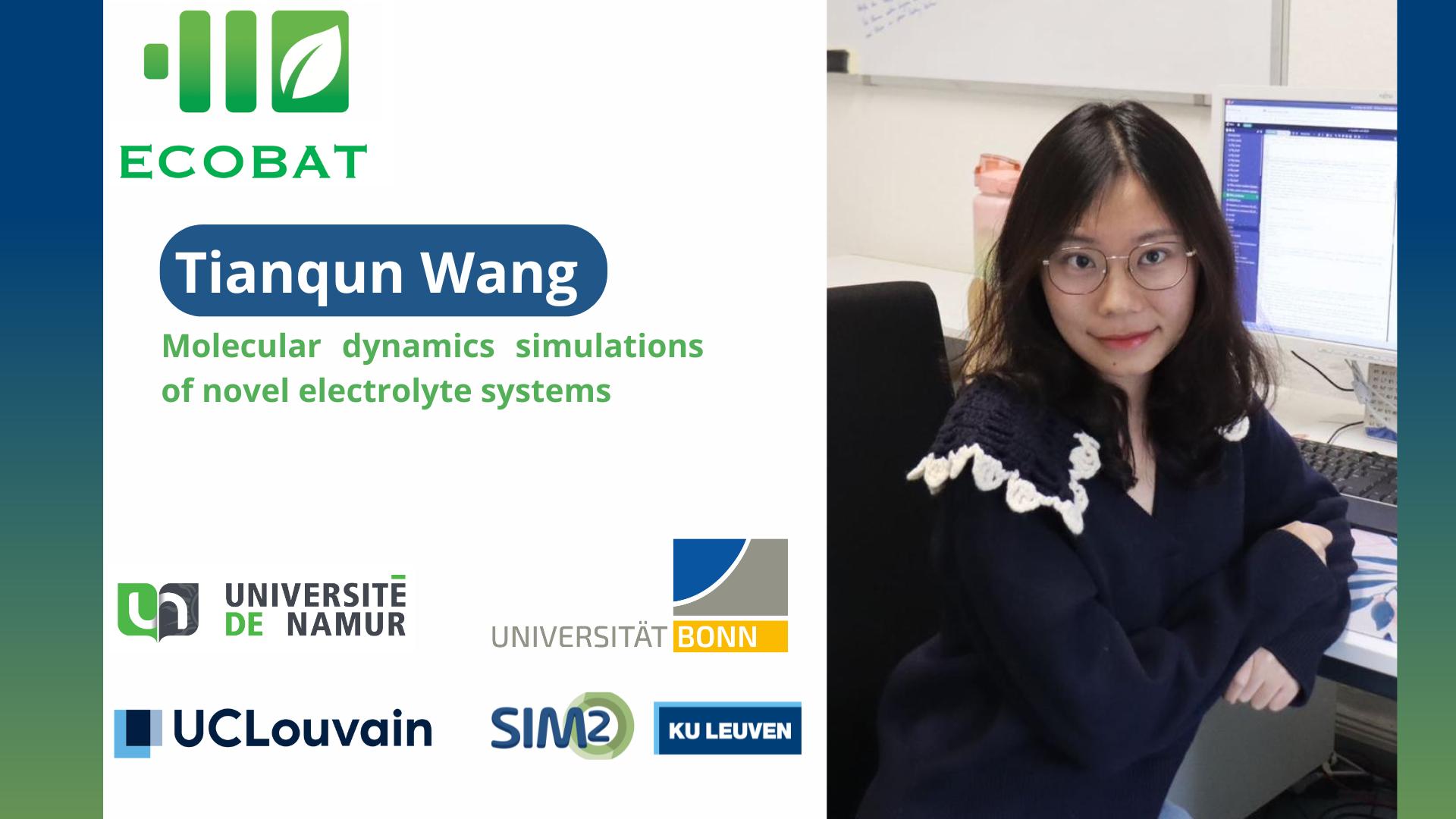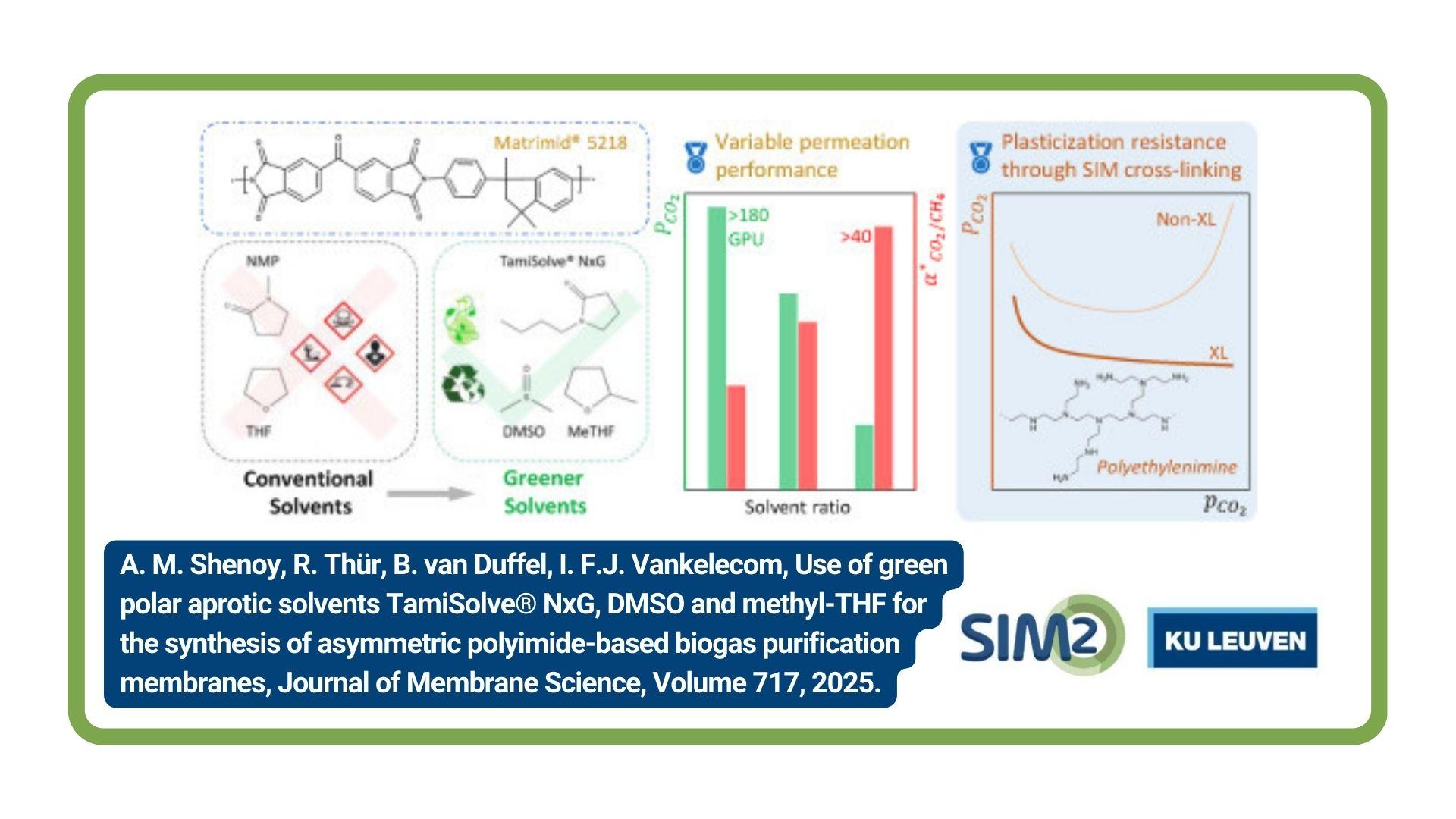The lifecycle engineering (LCE) research group of SIM² KU Leuven has developed a new circularity indicator to measure the performance of complex product supply chains. The aim of the novel Product Circularity Indictor (PCI) was to overcome the drawbacks of existing metrics, such as failing to account for the tightness of the material cycles and ignoring the relationship with other product systems.
PCI indicator
The Product Circularity Indicator (PCI) is a novel circularity indicator that aims to measure the circularity of product at micro-level. The indicator allows to measure circularity improvements at different stages of the product lifecycle.
Several manufacturing steps (feedstock and component production) are considered and the associated material losses are accounted either as waste or recycled material. The inclusion of separate manufacturing steps allows for the different restorative flows to re-enter the production chain at the appropriate stage. The components harvested for reuse are assumed to avoid the production of new components while the recovered and recycled materials are assumed to reduce the need for virgin material.
Clear boundaries between product systems
The material separation and recycled feedstock production are fully part of the product system allowing for a clear boundary between different product systems. In order to ensure correct accounting of the mass balance, an exchange with a stock of ‘recycled material’ is included. If the product system produces more recycled material than it consumes, the surplus material will leave the system and will be added to the recycled material stock.
If, instead, the product system does not allow the recovery of sufficient recycled materials after the use phase, recycled feedstock from the stock will be used as recycled content for the feedstock production. The same reasoning can be applied to components. However, most components are product specific and the exchange with other systems might not be practically feasible, expect for standardised components.
Many different aspects will influence the final PCI performance of products, including: (1) material selection (2) recycled content (3) material losses during component fabrication (4) recyclability of industrial waste (pre-consumption) (5) utility during use phase (number of uses) (6) lifetime extension by repair or refurbishment (6) improved EoL collection rates and (7) post-consumption material or component recovery/recycling.
Full reference of paper
Bracquené, E., Dewulf, W., Duflou, J.R. (2020). Measuring the performance of more circular complex product supply chains. Resources Conservation And Recycling, 154, Art.No. 104608, 1-11. doi: 10.1016/j.resconrec.2019.104608
LCE research group
https://www.mech.kuleuven.be/en/research/LCE






